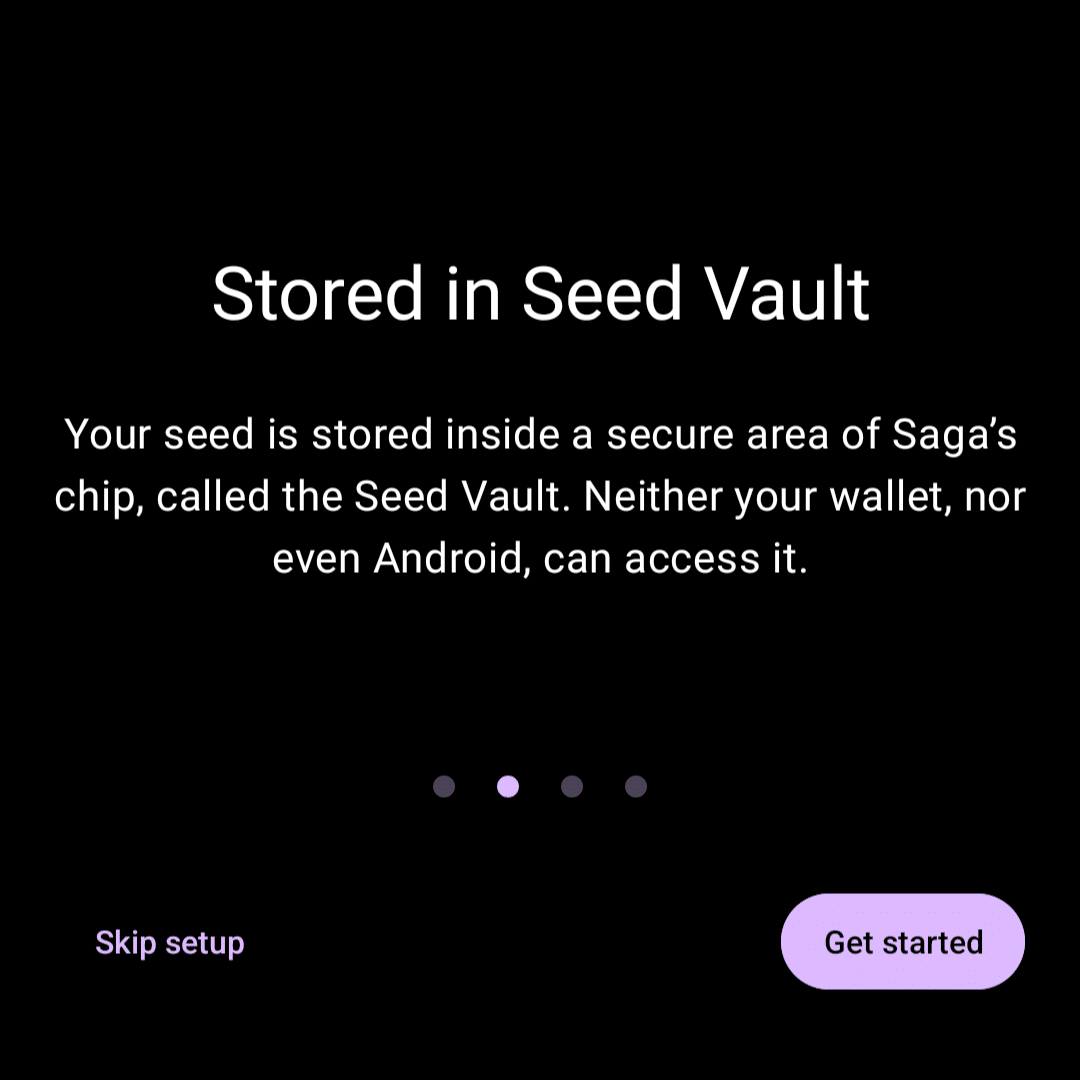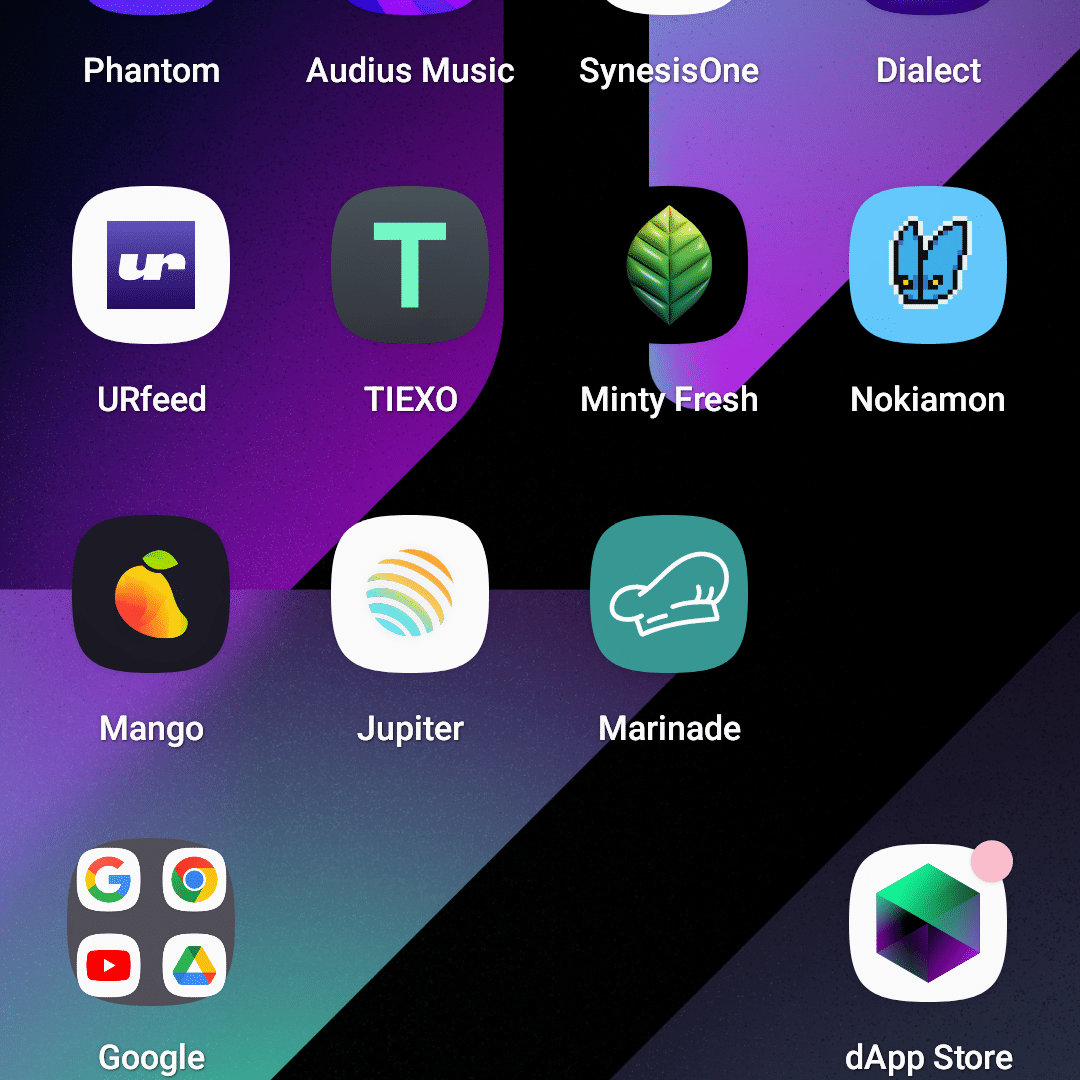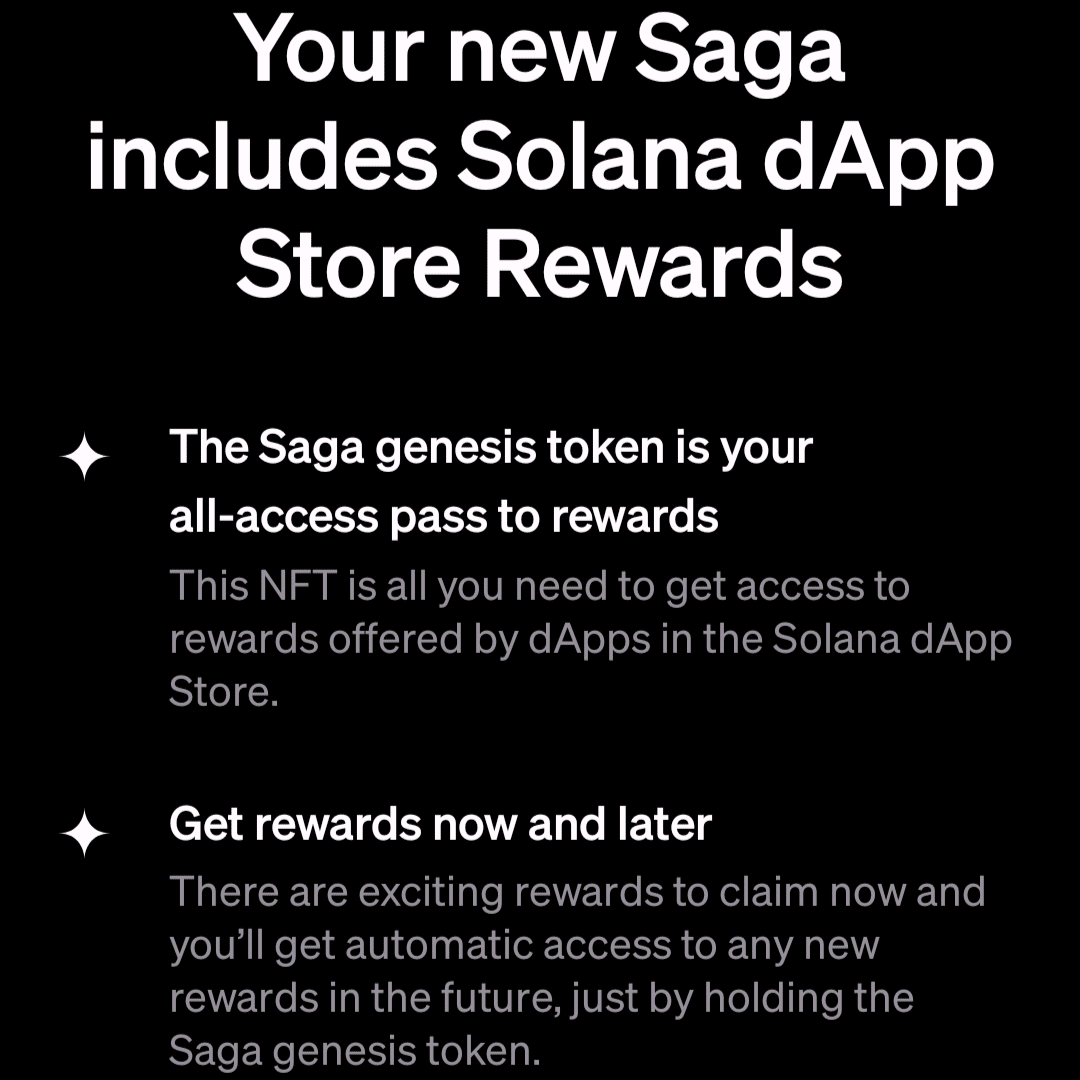When you think of sagas in the context of crypto, you might imagine soap operas involving SBF or Terra instead of fun-filled adventures and epics. The Saga, the long-awaited phone by Solana Labs subsidiary Solana Mobile, hopes its own story is riveting and has a happy ending. The smartphone, which is now available for pre-order and will retail at $1,000, is meant to be a one-stop shop for users who want to mint NFTs, trade crypto, and navigate web3 on the go.
I spent the last week testing it out. Here’s what I found:
The Basics
Before we get to the web3 aspects of the Saga, let’s take a step back and acknowledge that in 2023, we expect phones to do many things. How does the Saga fare as, well, a phone?
Pretty well, all told. It makes phone calls! It texts! It takes photos! (Well enough to capture variation within the black coat of my flat-coated retriever.) When I swiped right on this Android phone, I got a semi-personalized rundown of popular news articles and sports scores. Meanwhile, my Google Docs and Drive were always a click away on the home screen.
The Setup
It was simple to set up the phone, like any other Android or an iPhone. The notable difference is the Seed Vault, which Saga describes as a “secure custody protocol.” It’s not quite a wallet, but rather works with your Solana wallet (either Phantom or Solflare at the moment) and the Android OS without giving either “direct access to your secrets.” The main secret is a 24-word seed phrase—not to be confused with the Seed Password, which can be used to sign transactions.

Security
The Saga features a circular, sunken fingerprint sensor two-thirds of the way up the back of the phone. Get to know that area of the phone well—you’ll need it a lot. Though the sensor fit naturally with my grip, my fingerprint must not have been solid; I was continually told to try again.
Because it syncs to user wallets and seed storage, Saga takes security seriously. However, I found myself quickly getting security fatigue. Since connecting apps or sending transactions often required multiple steps, I was rarely sure what exactly I was saying yes to with any single action. So, I just did what it told me without thinking.
While connecting one new app to my wallet, for example, I had to use my fingerprint three times, press connect, confirm that I could use my fingerprint, and then enter my seed passcode for good measure. Just when I thought I was done, I was asked for another authentication, meaning more fingerprinting and button-pushing.
This experience varies by app and transaction, but it’s unlikely that most users of Saga will distinguish where Saga UX and security ends and where an individual app’s security begins.

Wallet
Phantom is the most popular Solana wallet, so I signed up with that. But the app kept ghosting me, freezing up as I tried to press buttons and forcing me to close it out and reopen it.
Nonetheless, Phantom integrated reasonably well with the other apps. After minting an NFT of my dog on Minty Fresh, the asset popped into my wallet just as you would expect. I could even easily list it on Magic Eden. (But since the Magic Eden app wasn’t yet available for review, I couldn’t gauge what I should price it at. My dog is lovely, so probably $10,000 in SOL.)
The Apps
Though Google Play appears on the home screen, the Saga is understandably pushing web3 apps via its Solana dApp Store, which also comes preloaded on the home screen.
Also preloaded: 20 USDC and 0.01 SOL to get started. (Though the SOL is meant to cover transactions, I had to convert some of my USDC to mint an NFT.)
While the cash is nice, I suspect it’s superfluous. Solana Mobile states in its materials: “The first cohort of Saga users will likely have some experience with asset self-custody, buying and selling NFTs, signing transactions, and other aspects of interacting with the Solana blockchain.” In other words, the initial target user will be able to figure out how to get SOL on their phone in a snap.
As of this review, 14 dApps are available, including the Phantom and Solflare wallets. They include DeFi asset swap Jupiter; Minty Fresh, an app for turning your photos into NFTs; NFT marketplace TIEXO; hardware wallet Ledger Live; and web3 music streaming app Audius.
While I found the selection underwhelming, I recognized that the Saga has to start somewhere. It’s built the marketplace. Now developers need to come build on it.
Audius
I started by downloading Audius and creating an account (with my email because there was no wallet option). To get started, I needed to select three artists so the app could understand my preferences. Audius isn’t Spotify; there’s no Taylor Swift or Fleetwood Mac. I listed the only artists I had heard of, ODESZA and web3 mainstay RAC, and picked a random third.
It didn’t matter. As it was ostensibly creating my account, the app showed a spinner. It never went further; four days later, I still couldn’t sign in to Audius.
So, that was a bummer.
Workspace
The next app didn’t go any better. I tried to get onto Synesis One’s Workspace app despite little information about what it was—while the other apps fall under the category Social, NFTs, DeFi, or Wallets, Workspace is listed only under DApps, and it provides no description. I may never know what it does. After trying to connect via my wallet, I was told I needed to make changes in the developer settings. After I did, the app crashed.
Dialect
Dialect, which took a long time to connect due to security measures, actually let me in. Once I was there, it granted me a sticker pack exclusive to Saga owners. Unfortunately, while the app said the pack was on the way, I was still waiting hours later. I thought Solana was speedier than Ethereum, so this was likely a Dapp issue as well.
TIEXO
Unlike some other apps, I found it easy to get on TIEXO immediately: just a single fingerprint authentication and a push of a button to connect my wallet. That said, I wish the app itself were more dynamic. While there’s a filter button, there’s no way to look for NFTs by the price until you’ve decided on a collection. But, hey, it worked!

Conclusion
The Saga is a workable blockchain phone with the built-in security many crypto users will check for. But there are a couple of questions potential buyers must ask. First, are they committed solely to the Solana ecosystem for the foreseeable future?
Second, can they be patient with app development? Springing for a Saga is like buying a house with lots of guest rooms before you have any friends. There’s space for everybody—but no one you want to have over yet.
Nonetheless, Saga represents a step forward for the network after several steps backward: It dropped out of the top 10 in market cap, received unwanted attention for network outages, and watched the arrest of its biggest supporter, Sam Bankman-Fried. This phone gives developers a solid starting point for building the network back into prominence.
Editor’s Note: An earlier review incorrectly stated that Google Play wasn’t available on the home screen.



